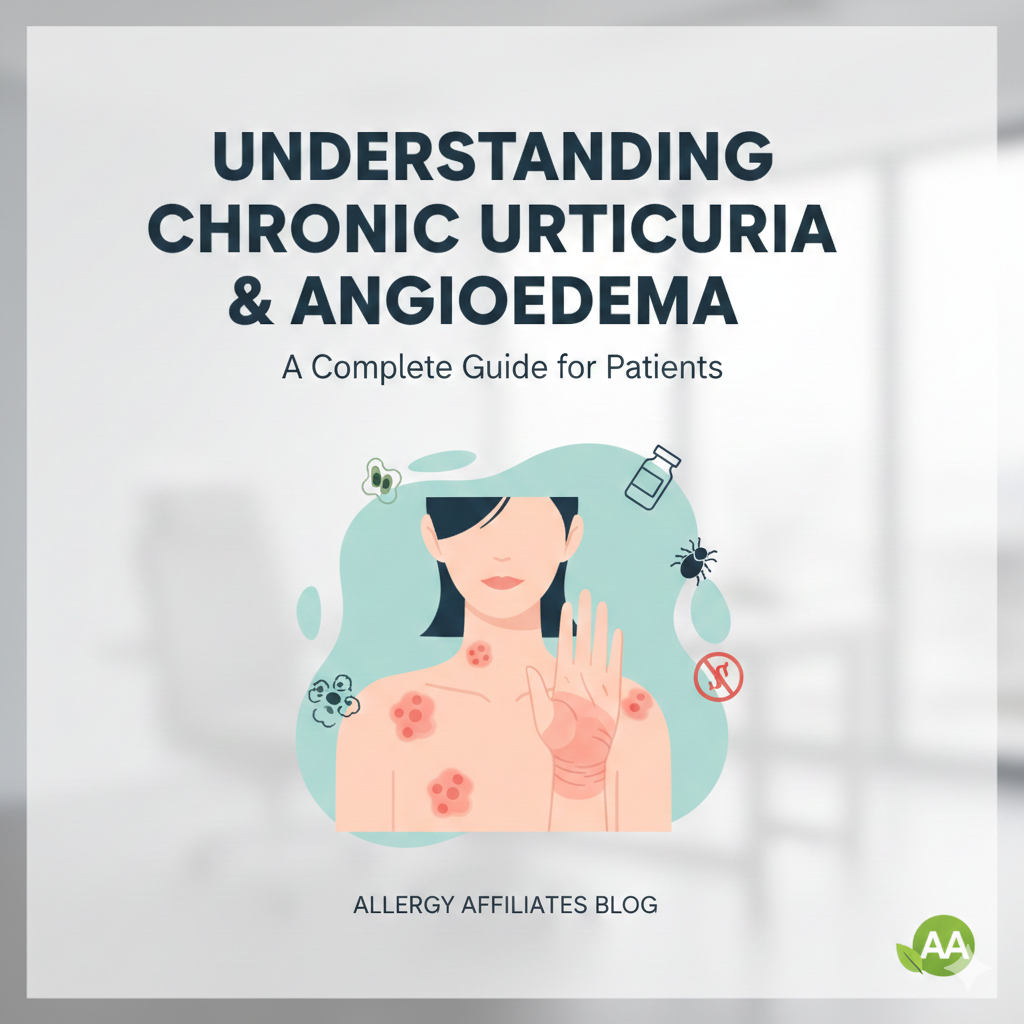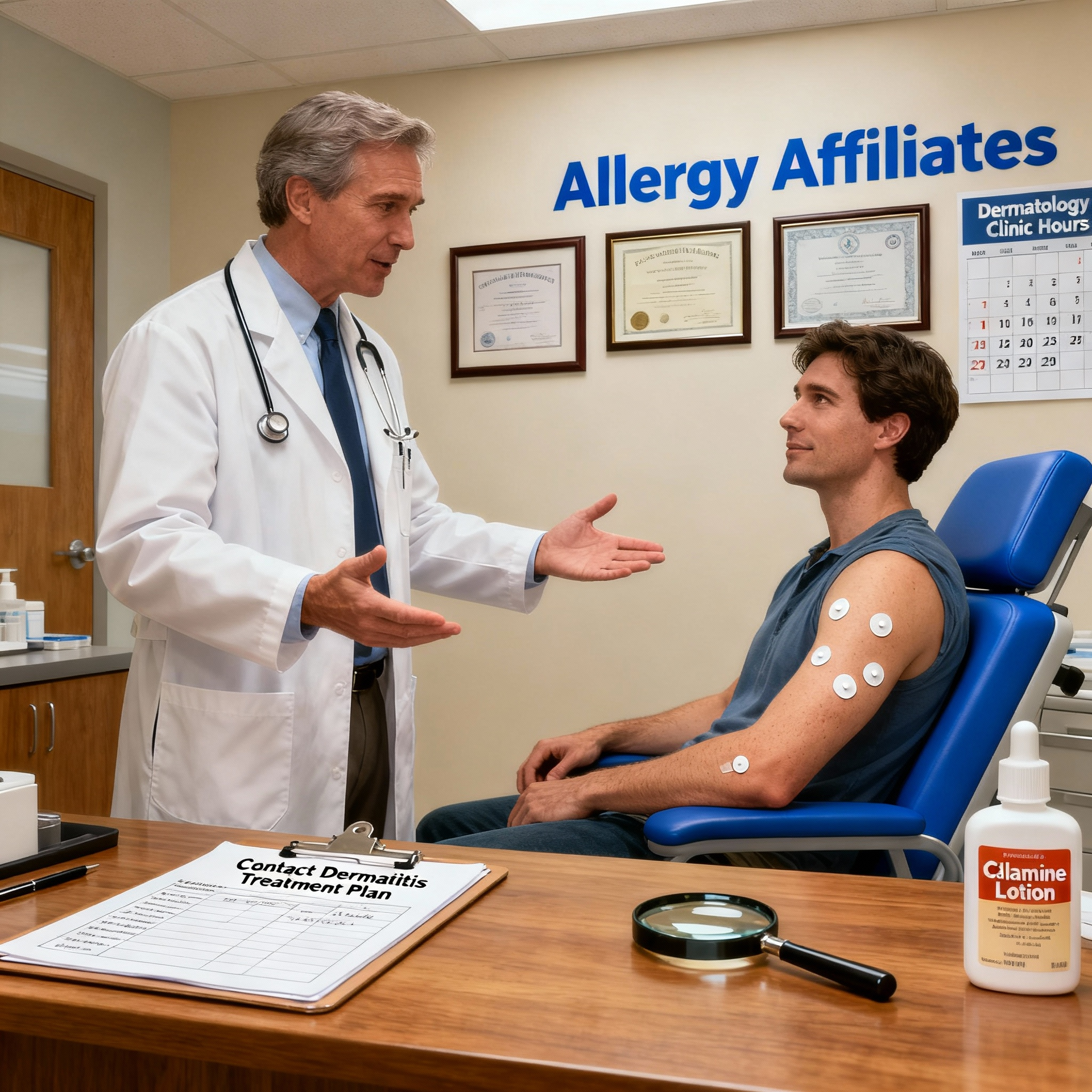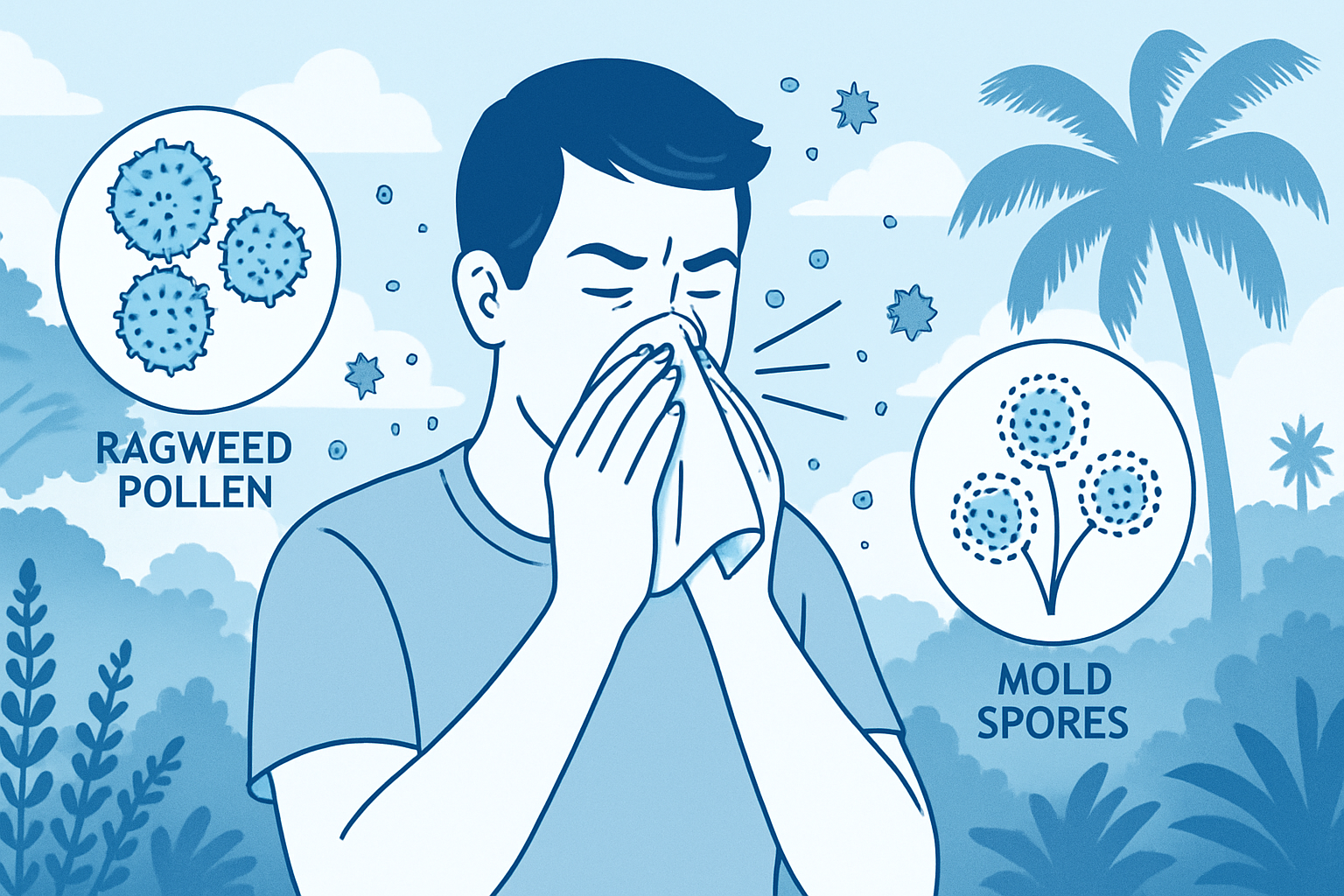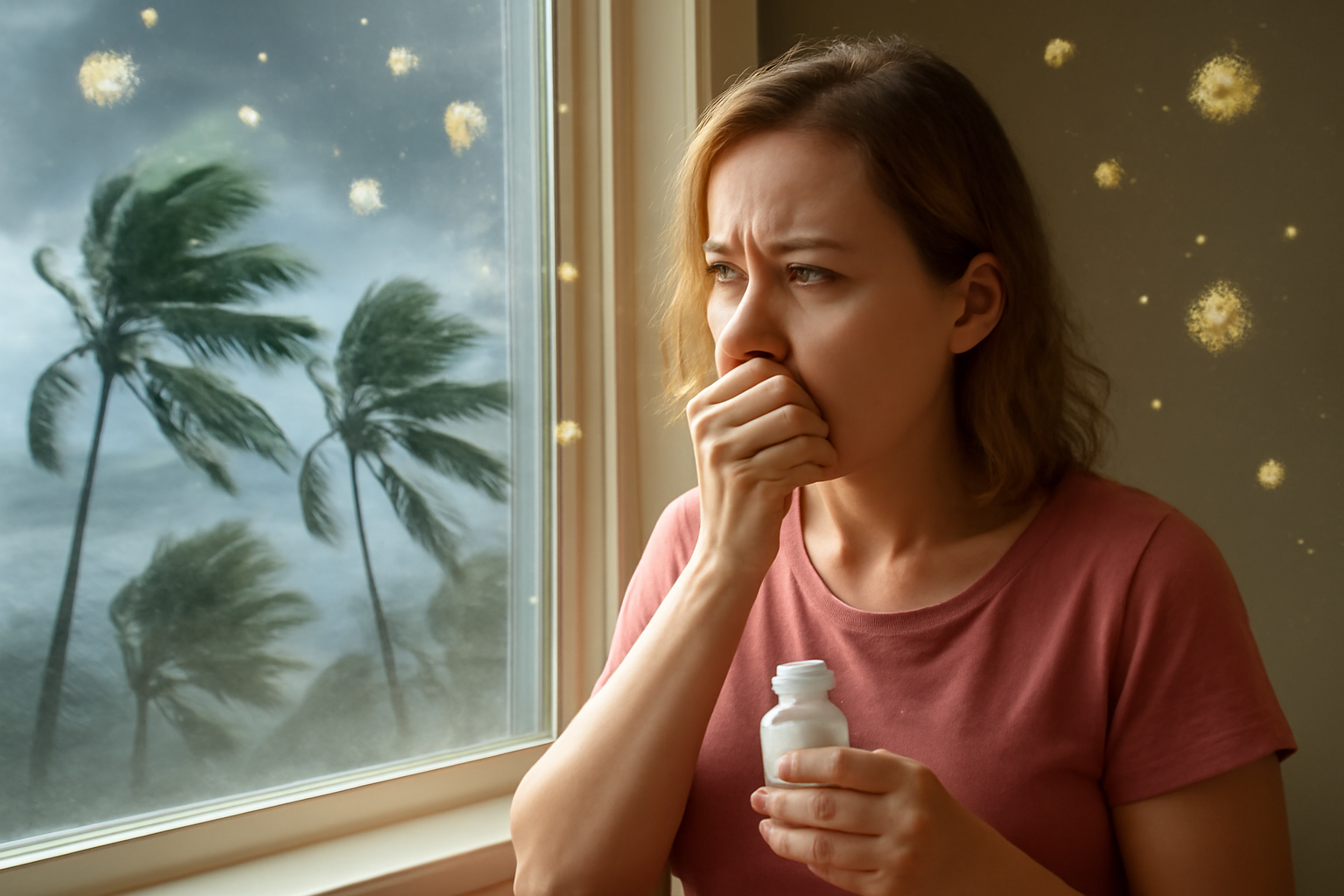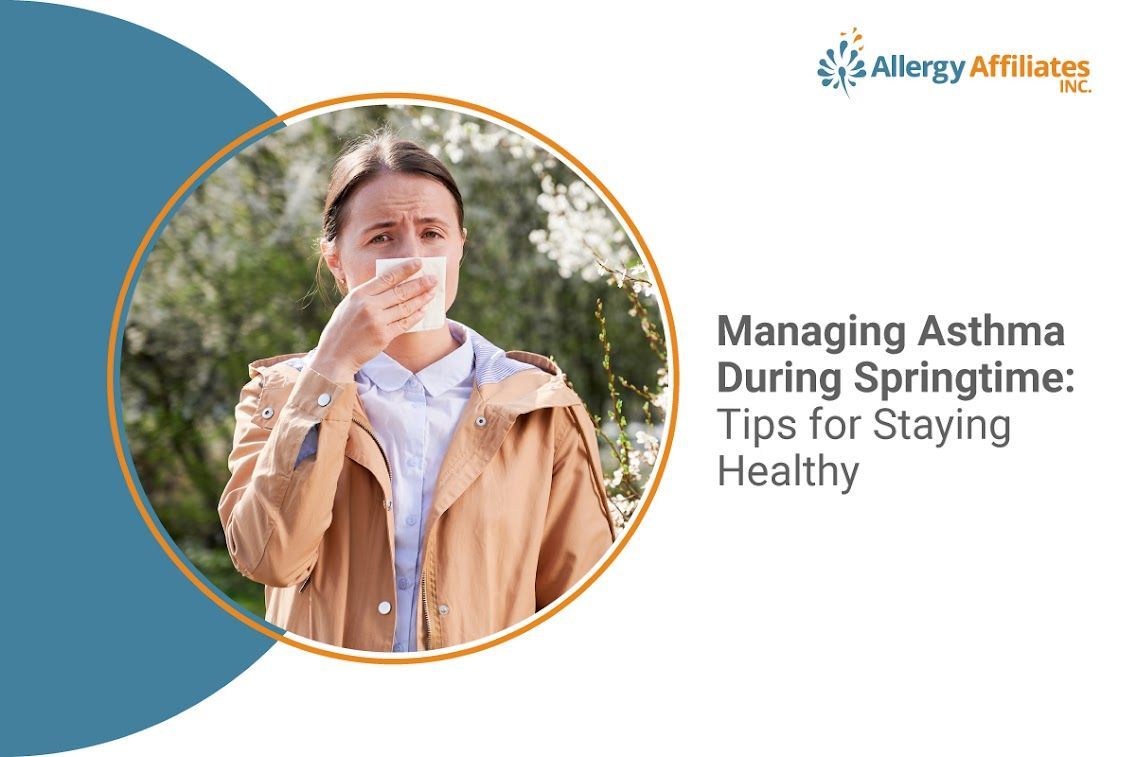
Whether you have recently been diagnosed with asthma or have been managing the condition for years, this article will provide valuable insights and actionable tips to help you stay healthy and in control during springtime. You know how crucial it is to know the triggers that can worsen your asthma. By identifying and avoiding asthma triggers specific to springtime, you can significantly reduce the frequency and severity of symptoms.
This article will explore essential strategies for managing asthma during springtime, a season known for blooming flowers and fresh air. Despite the potential challenges posed by triggers, with proper knowledge and proactive measures, you can enjoy the beauty of spring while effectively controlling your asthma symptoms.
What is an Asthma?
A chronic airway condition known as asthma causes inflammation and airway constriction. This can lead to the following:
- shortness of breath
- chest tightness
- coughing
- wheezing
Asthma can manifest at any age, but it is more prevalent in children. According to the
Asthma and Allergy Foundation of America (AAFA), asthma is a leading chronic disease in children, with approximately 4.8 million children under 18 currently diagnosed.
Other allergic reactions frequently accompany your asthma. In addition, asthma is relatively common, ranging from a moderate, occasional wheeze to acute, life-threatening airway closure. So it's essential to remember that asthma is a severe condition. Getting the best seasonal asthma treatment requires close collaboration with your
asthma specialist.
Asthma Statistics
According to the AAFA, Asthma affects a significant portion of the population in the United States, with nearly 26 million individuals living with this condition, which equates to approximately 1 in 13 people.
The
National Center for Health Statistics also revealed that asthma-related deaths in the United States carry a significant toll, with an average of 10 individuals dying daily. In 2021 alone, 3,517 people succumbed to asthma, a tragedy that could have been prevented with appropriate treatment and care. Among the demographics, adults face a higher risk, being six times more likely to die from asthma than children.
Causes of Springtime Asthma
Asthma in spring can be challenging for asthma patients like you due to seasonal changes and allergens that trigger symptoms. Several potential triggers, sometimes called seasonal asthma, can bring on springtime asthma symptoms. The following are some possible triggers for spring asthma:
1. Pollen
Pollen exposure can trigger asthma attacks and respiratory illnesses. During spring, pollen is a widespread allergen that can cause asthma attacks.
Trees, grasses, and weed release pollen into the air during the springtime. When you breathe in the pollen, it will lead to airway inflammation.
2. Mold
Mold can thrive in wet environments, such as bathrooms and basements. Still, it can also grow naturally outside in the open air. Mold spores can set off your asthma attacks when you breathe them in. Remember, there are links between mold sensitivity and severe asthma attacks that
can lead to hospitalization.
3. Pollution in the Air
According to research, air pollution could exacerbate your asthma symptoms and induce new-onset asthma. With this, the airways can get irritated when there is an increase in levels of air pollution, such as smog, which can worsen the symptoms.
4. Changes in the Weather
Alterations in the environment can all bring on your asthma attack, including
- temperature
- humidity
- barometric pressure
For instance, abrupt temperature or humidity shifts can constrict your airways, making breathing difficult. This can also cause chest pain. Due to climate change, allergic patients with asthma are
more likely to experience allergy symptoms.
If you suffer from springtime asthma, it is critical to collaborate with your
healthcare provider to determine the causes of your symptoms and devise a treatment strategy.
Managing Asthma During Springtime: Tips for Staying Healthy in May
Although spring is a lovely time of year, it is often difficult to enjoy springtime fully when you have asthma. Asthma symptoms can be more severe due to seasonal irritants.
A few simple steps can help you improve your health in spring by controlling asthma. If you
follow these asthma tips, spring will allow you to do everything you love.
1. Check the Forecast
Check the pollen forecast before beginning yard maintenance. While working in the yard, wearing a mask can prevent particles from entering the lungs. After coming in from doing the outside stuff, make sure to change out of your dirty clothes and give yourself a good shower to wash away the pollen and pollution.
2. Monitor Air Quality Daily
Before engaging in strenuous outdoor activity, identifying any hazards is a good idea. Air quality affects everyone, but those who have asthma can find it particularly challenging.
You can check the air quality and pollution projections daily. Find out more about your options for ensuring a healthy work environment, school, and residence.
3. Avoid Strong Aroma
People with asthma are advised to steer clear of strong aromas as they can trigger symptoms. Perfumes, scented candles, cleaning products, and other fragrances can irritate the airways, causing inflammation and constriction.
Additionally, repeated exposure to strong aromas can have a cumulative effect on asthma sufferers. Even if a particular scent doesn't initially cause a noticeable reaction, prolonged exposure can result in sensitization and increased sensitivity to that specific aroma. This means that what may initially seem harmless can eventually trigger an asthma response. Moreover, scented products may contain allergens that worsen asthma symptoms, particularly for those with co-existing allergies. People with asthma should be mindful of their environment and opt for fragrance-free or unscented alternatives whenever possible.
When you have asthma, you should avoid using citronella candles or bug spray, even though they can keep mosquitoes away.
To lessen or prevent the effects of these triggers, you can
- try using unscented lotions instead of aerosol sprays
- apply a repellent
- get rid of any standing water, such as in flowerpots
- dress in long sleeves, pants, and socks when you go outside
- stay inside between sunrise and evening when mosquitoes are at their most active.
4. Utilize Prescription Medications Properly
Even though avoiding potential asthma and allergy triggers is ideal, preventing every exposure is impossible. So, correctly taking your asthma medication is crucial to control symptoms even when you feel fine. Having asthma, you should always have your rescue medication (with a spacer or valved holding chamber) on hand.
Taking preventative measures to stay healthy and take in the springtime's splendor while managing asthma is essential. Don't hesitate to contact your
healthcare practitioner for questions or concerns about asthma management during spring.
How to Treat Springtime Asthma?
For seasonal asthma treatment, control your asthma by limiting your exposure to irritants and allergens to lessen the severity of your symptoms.
Additionally, not every asthma patient requires the same medication. Your doctor can prescribe asthma allergy medicine to manage asthma symptoms caused by seasonal allergies. You will benefit from taking your medication exactly as your doctor prescribes and avoiding triggers that can cause a flare-up.
Further, your allergist can prescribe
an inhaler or pills to help manage your asthma. There are two types of asthma medicines: those that provide quick relief and those that offer long-term control. You can stop the signs of an asthma attack soon with medication.
Consult your doctor if you find yourself needing to use your quick-relief medication more frequently. Long-term control drugs help you have fewer and less severe asthma attacks, but they don't help when you have one.
Lastly, collaborate with your doctor to create a personalized asthma action plan. Determine who needs a copy of your plan and where to keep it.
Trust the Specialists With Your Springtime Asthma
We understand the struggles of managing asthma, especially in the spring. Our clinic is here if you are experiencing asthma symptoms, and we can help improve your asthma management.
You will find Allergy Affiliates for your seasonal asthma by searching "asthma clinic near me" or "asthma specialists in Tampa, Florida."
Our seasoned specialists will provide individualized care to help you control your asthma and enhance your quality of life. To schedule a meeting right away, please click
here.
